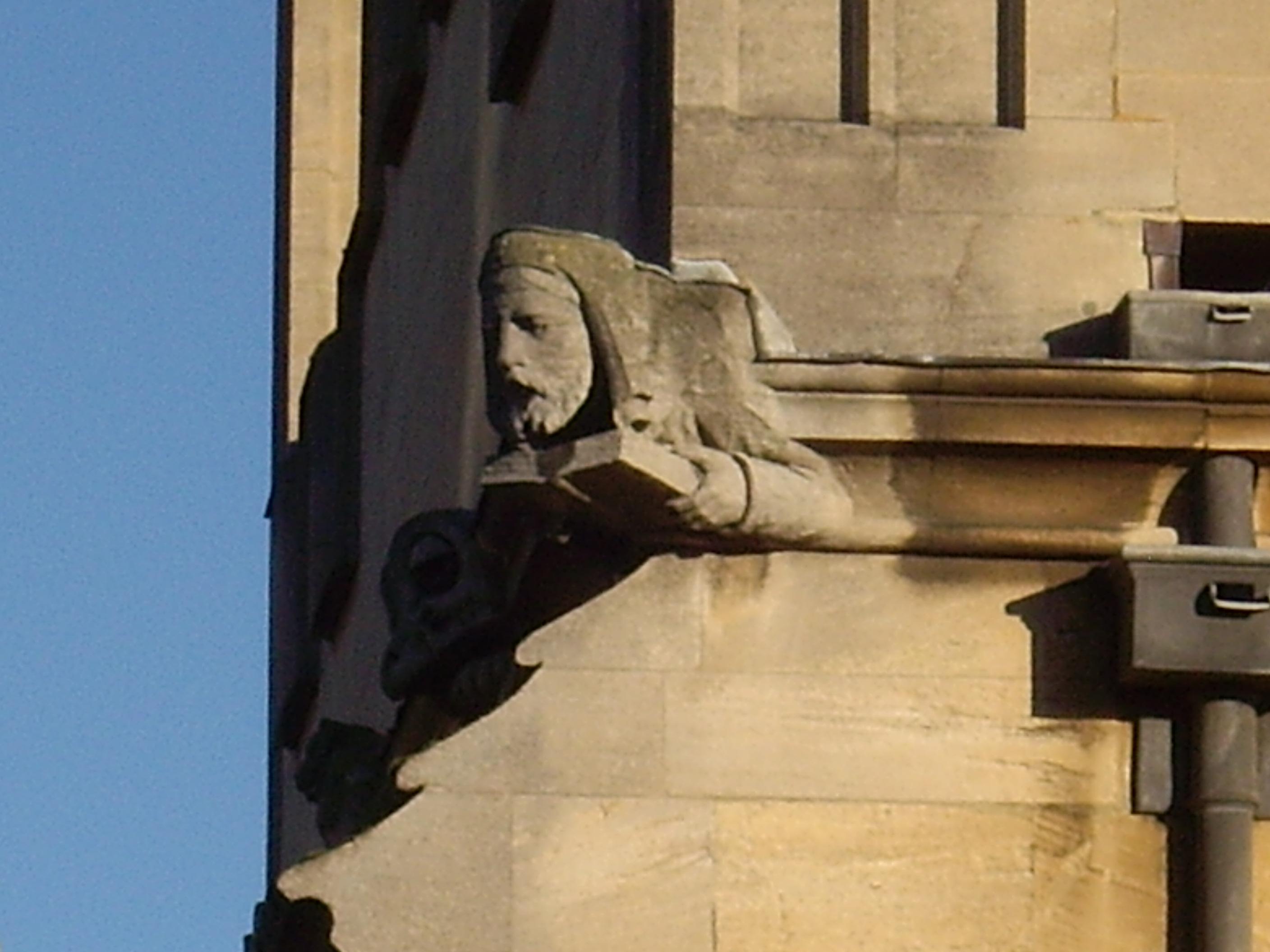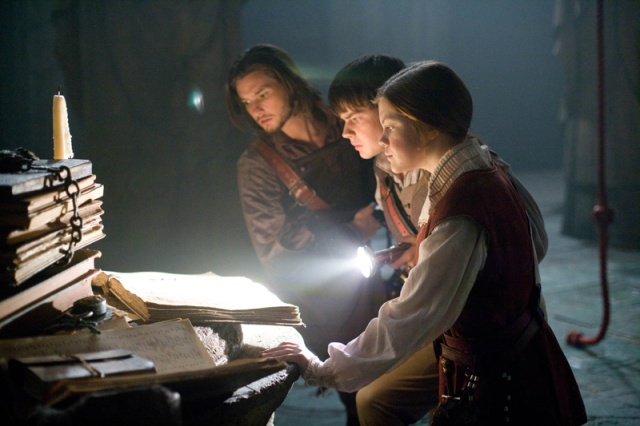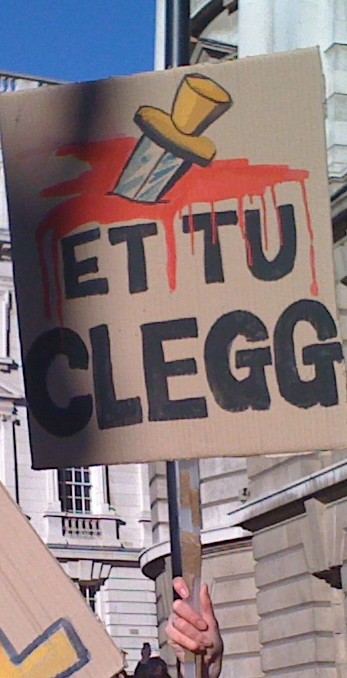This small but very moving exhibition at the Foundling Museum, Bloomsbury, opened in October and continues until March 2011. The Foundling Museum tells the story of Thomas Coram’s Foundling Hospital, the first home for abandoned children and the first public art gallery in Britain, which Coram founded in the mid-eighteenth century with the philanthropic involvement of figures including William Hogarth and George Handel. Over the centuries that followed, the Hospital cared for thousands of babies found on the streets or brought to its doors by mothers who could not afford to look after them.
Threads of Feeling puts on public display for the first time an astonishing archive of texts and textiles from the 1740s to the 1760s, the early decades of the Foundling Hospital. When a baby was admitted, a record was created on a printed registration form. The admission process was usually anonymous – the name of the baby’s mother was not included, and the baby was given a new name. Attached to each registration form was a small token. This could be a little medal, toy, ornament, or ribbon, but most often these tokens were pieces of fabric cut from the infant’s clothing. These tokens were kept as a method of identification in case a mother ever returned to reclaim her child.
In their hundreds these admission forms were kept and bound into ledgers, creating not only a record of the children who were cared for by the Hospital, but also an important social history of clothing, fashion, and textiles in the mid-eighteenth century. Because they have been bound up inside these ledger books, these scraps of fabrics are very well preserved. The London poor were not dressed in the black and white of Hogarth’s moralising prints, but in vivid shades and designs that emulated sumptuous and expensive fashions, and the descriptive notes accompanying each scrap record a rich vocabulary of these textiles: camblet, fustian, susy, cherryderry, calamanco, linsey-woolsey…
The scraps are incredibly poignant, each telling the story of an individual child and his or her mother, bearing witness to an identity and a relationship that was replaced when the child was taken in by the Hospital and given a new name as well as the chance of a new life. They are often explicitly textual, with names, messages, prayers, or a date added in ink or embroidery, for example. The vibrancy of the fragments that make up this textual and material archive contrasts powerfully with the sadness of the poverty and desperation they record.




